What? |
|---|
|
Horyuji (法隆寺) or more correctly Horyu Gakumonji (法隆学問寺) is the oldest wooden building in the world, its foundation dating back to 607 by Shotoku Taishi, the prime promotor of Buddhism in Japan. Despite fires and disasters here in there, many buildings and artifacts date back to this 7th century. An entrance ticket costs a rather expensive 1500 yen, but it allows you to enter three different areas: Sai-in (西院 – western complex), To-in (東院 – eastern complex) and the treasury hall in between. The famous five-storied pagoda is located in Sai-in, while the beautiful octagonal Yumedono (夢殿 – Hall of Dreams) is located in To-in. Together with a few other ancient structures in Ikaruga Town (斑鳩町), Nara Prefecture (奈良県), Horyuji is Unesco World Heritage. |
Where? |
|
Horyuji is easily accessed by train from Kyoto (京都) or Osaka (大阪). Take the JR Yamatoji Line (大和路線) in the direction of Nara (奈良) and get off at Horyuji Station (法隆寺駅). From the station there are several buses and taxi services that can bring you to the temple grounds, but if you want to see the Pokémon manholes (read further) it’s an easy twenty minute walk. You can easily combine Horyuji with nearby Hokkiji (法起寺) that is “younger” is it dates back to the 8th century. Both temple grounds are UNESCO world heritage. 
|
URL |
|
Horyuji Japan Guide Outline Visit Nara |
For anyone who studied even a little bit about Japan, the name Horyuji will sound very familiar. It’s however not on many people’s itinerary. The problem can’t be access as it’s only a few stops before arriving at Nara. I think it is ironically the proximity of Nara that makes tourists choose between one of the two. And in that case Horyuji will always lose.
Now during the corona crisis, it has become so bad that the town of Ikaruga has decided to install Pokémon manholes to attract tourists. As a manhole enthusiast I am not complaining, but I am not so sure whether the move will actually do some good.
In my case the scheme worked. I live a stone’s throw away so it was very simple to go and hunt the Pokémon and combine it with a visit to the temple. On this rainy corona plagued day, I didn’t count more than 6 visitors, myself and a professional photographer included. The photographer was there to take pictures of some kind of religious happening. I didn’t know what it was, but the cameraman said something about henro (pilgrimage) and I was already glad that I could experience this in a solemn atmosphere without overcrowding.
If there really was a contest between Horyuji and Nara I would advise everyone to visit the old capital. Simply put, It’s bigger and has more to offer.
But that doesn’t mean Horyuji isn’t worth the detour. I am not a huge temple-and-shrine-fan, but Horyuji is a big complex of old buildings, and it breaths ancient authenticity. Looking around in the treasury, beautifully preserved artifacts from the 7th century - that means they are made an impressive 1400 years (!) ago - are the rule. Those treasures dating from the 13th century seem like modern art in comparison.
All jokes aside, Horyuji is one of those places that aren’t just old; it has the right atmosphere that can take you back in time so to speak.
The rather expensive entry and Nara’s proximity will most likely never result in huge throngs of (overseas) tourists, no amount of Pokémon manholes can change that. But if you feel like traveling back in time and if you have the time to spare, Horyuji will not be a disappointment.

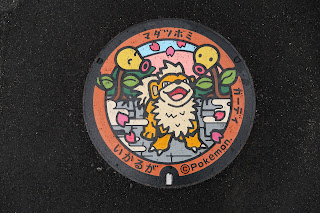
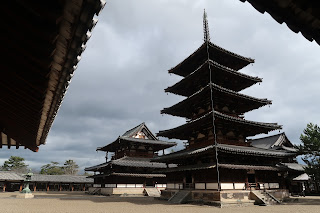
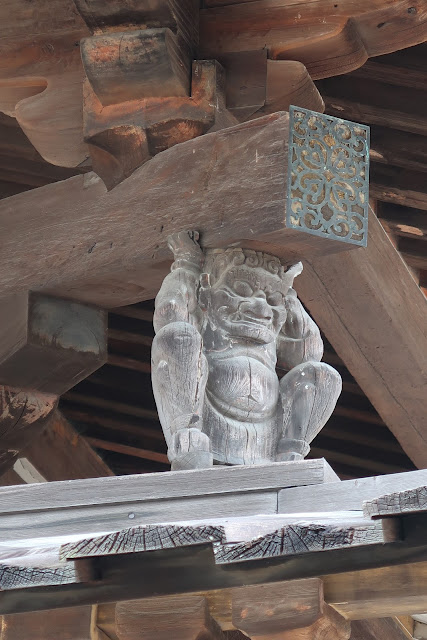
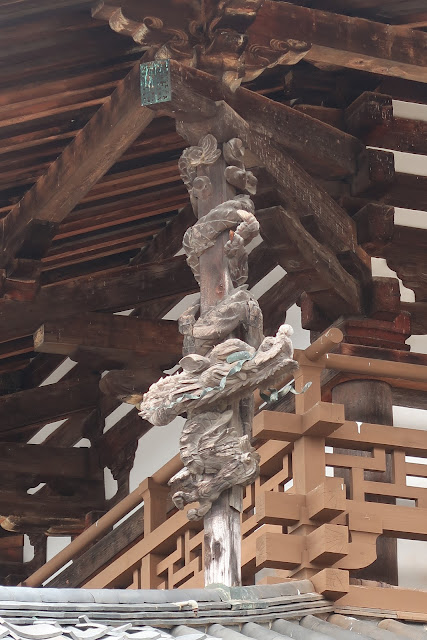
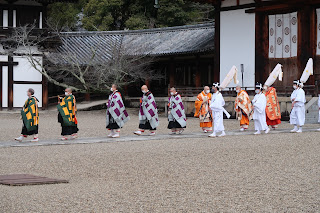
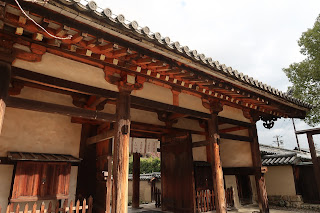













No comments:
Post a Comment